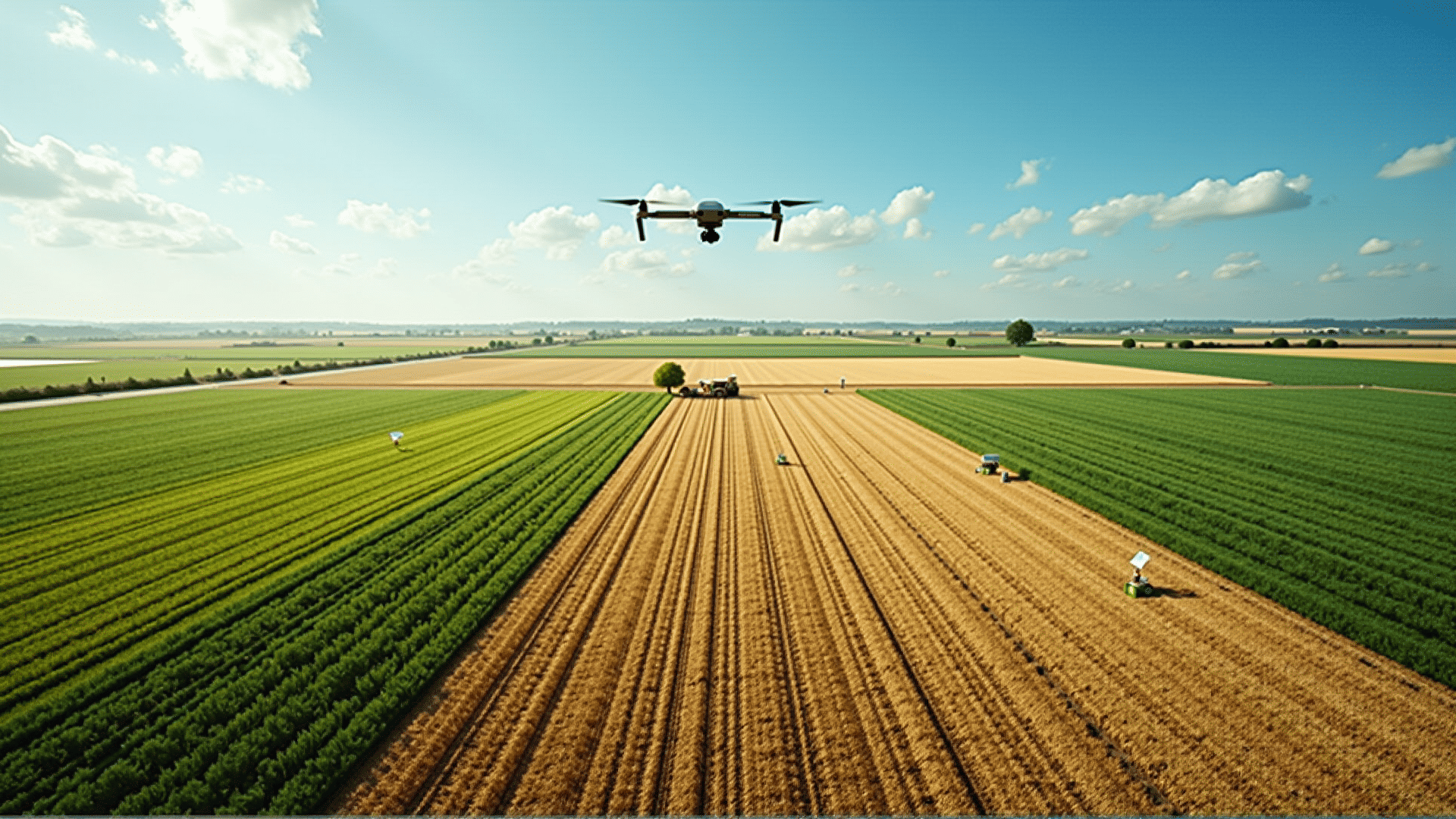The evolution of technology has brought about transformative changes in various sectors, including agriculture. Precision farming, an advanced farming technique that leverages GPS and the Internet of Things (IoT), stands at the forefront of this evolution. These technologies facilitate optimized field-level management in crop farming, offering a cutting-edge approach to increase productivity, sustainability, and profitability.
At its core, precision farming strives to ensure that crops and soil receive exactly what they need for optimum health and productivity. It achieves this by using GPS technology to create more accurate farm maps, monitor soil conditions, and track crop health. The integration of GPS allows for the precise application of inputs such as water, fertilizers, and pesticides, reducing waste and promoting environmental stewardship. This precision not only enhances productivity but also reduces costs over time, as farmers use fewer resources while achieving better outputs.
IoT further amplifies the benefits of precision farming by providing real-time data through interconnected devices. Sensors placed throughout the fields can monitor environmental conditions, soil moisture, nutrient levels, and crop growth. This data is transmitted to farmers, who can make informed decisions on when to irrigate or apply fertilizers and recognize early signs of pest infestations or crop diseases.
The synergy between GPS and IoT leads to meticulous farming practices that can significantly reduce the margin of error in field operations. By leveraging automated machinery guided by GPS, farmers can execute precise planting, sowing, and harvesting. This not only saves time but also ensures uniformity in operations across large expanses, minimizing overlaps and ensuring no area is left unattended.
Beyond operational improvements, precision farming also plays a critical role in sustainable agriculture. By optimizing inputs, it reduces chemical runoff into surrounding ecosystems and minimizes water wastage. Farmers can also reduce their carbon footprint by decreasing the amount of fuel used for farming equipment and the emissions associated with traditional farming practices.
Precision farming also presents promising opportunities for data analytics. By analyzing trends in collected data, farmers can make predictive analyses that help in planning future crop cycles. This forward-thinking approach allows anticipation of challenges such as droughts or pest outbreaks, enabling proactive management strategies.
However, the adoption of precision farming is not without challenges. The initial costs for technology installation can be high, and there's a learning curve associated with understanding and utilizing the data effectively. Moreover, reliable connectivity is crucial for the seamless operation of IoT devices, which can be a hurdle in remote farming locations.
Despite these challenges, the potential benefits make precision farming an attractive option for modern agriculture. By adopting these technologies, farmers can contribute to increased food security and more resilient agricultural practices amid a growing global population and changing climate conditions.
In conclusion, precision farming is not just a technological advancement—it's a paradigm shift in how we approach agriculture. Through the strategic use of GPS and IoT, it empowers farmers to be more efficient, sustainable, and responsive to the dynamic conditions of the environment. As technology continues to advance, precision farming will undoubtedly become an integral part of future agricultural practices worldwide, paving the way for a more sustainable and productive era in farming.
